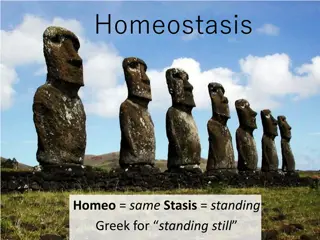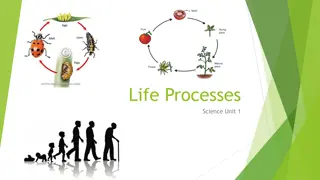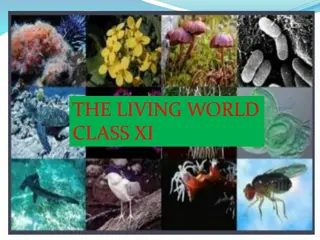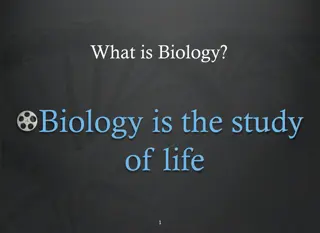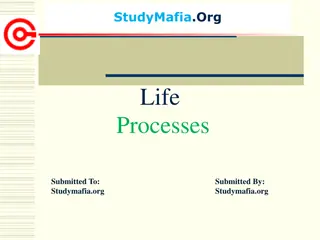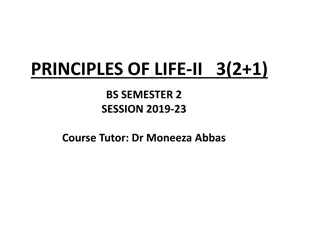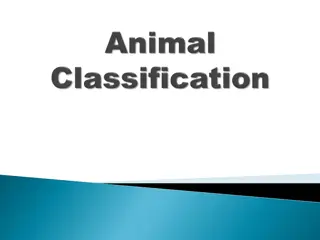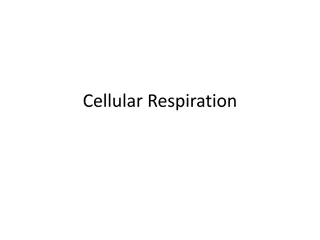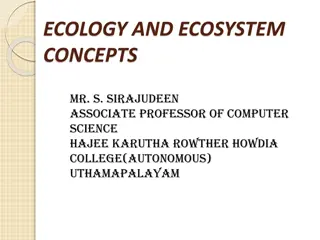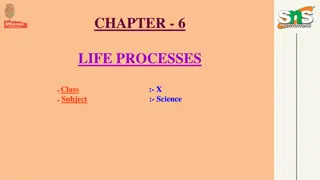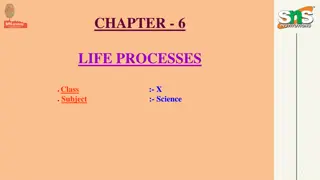Understanding Life Processes and Nutrition in Living Organisms
Life processes such as nutrition, respiration, transportation, and excretion are essential for living organisms to maintain life. This content delves into the various types of nutrition, including autotrophic and heterotrophic nutrition, with a focus on nutrition in plants, animals, and humans. It also explains the vital role of nutrients like vitamins, minerals, carbohydrates, fats, and proteins in sustaining life processes. Additionally, it covers the process of photosynthesis in plants and how they utilize raw materials to produce food.
Download Presentation

Please find below an Image/Link to download the presentation.
The content on the website is provided AS IS for your information and personal use only. It may not be sold, licensed, or shared on other websites without obtaining consent from the author. Download presentation by click this link. If you encounter any issues during the download, it is possible that the publisher has removed the file from their server.
E N D
Presentation Transcript
CLASS - 10 SUBJECT - SCIENCE CHAPTER 6 LIFE PROCESSES 1
INTRODUCTION What are life processes Nutrition Types of nutrition Autotrophic Heterotrophic Nutrition in plants Nutrition in amoeba Nutrition in human beings 2/10
LIFE PROCESSES Life processes are the basic processes in living organisms which are necessary for maintaining their life. The basic life processes are Nutrition, Respiration, Transportation, and Excretion. 3/10
NUTRITION Food is essential for all living organisms. It enables organisms - To build their bodies - To grow - To repair damaged parts of the body - To provide energy for various activities 4/10
VITAMINS, MINERALS CARBOHYDRATES These components of food are known as nutrients The uptake of nutrients and its utilization by the body is called nutrition FATS PROTEINS 5/10
NUTRITION There are two modes of nutrition: - Autotrophic nutrition - Heterotrophic nutrition 6/10
NUTRITION The organisms from autotrophic nutrition. mode of make substances, nutrition food in which themselves is called simple 7/10
NUTRITION The mode of nutrition in which organisms take in food prepared by plants, is called heterotrophic nutrition. Animals are called heterotrophs because they depend on plants for their food 8/10
NUTRITION IN PLANTS Plants prepare their food with the help of certain raw materials. What are the raw materials needed by plants to make food? -Water -Carbon dioxide -Sunlight -Minerals -Chlorophyll 9/10
NUTRITION IN PLANTS The process by which plants prepare their food by using these raw materials is called photosynthesis Leaves are the places where food is prepared by plants. Water and minerals are present in soil. They are absorbed by the roots Water and minerals are transported to the leaves by the vessels which run like pipes throughout the root, the stem, the branches and the leaves. 10/10
NUTRITION IN PLANTS There are tiny pores present on the surface of leaves called stomata. * These pores are surrounded by guard cells. * These pores take carbon dioxide present in the atmosphere. * Stomata helps in exchange of gases and transpiration 11/10
NUTRITION IN PLANTS A substance called chlorophyll is present in the leaves of plants. It is a green color pigment which provide green color to the leaves It helps the leaves to capture the energy of sunlight Photosynthesis takes place in three main steps. They are :- i) Absorption of light energy by chlorophyll. ii) Conversion of light energy into chemical energy and splitting up of water molecules into hydrogen and oxygen. iii) Reduction of carbon dioxide by hydrogen to form carbohydrates. 12
THE PROCESS OF PHOTOSYNTHESIS CAN BE REPRESENTED IN AN EQUATION. light energy carbon dioxide water sugar oxygen chlorophyll During this process, oxygen is also released. Plants store their food in the form of starch. 13
HETEROTROPHIC NUTRITION There are three main types of heterotrophic nutrition. They are * Saprophytic * Parasitic * Holozoic 14
HETEROTROPHIC NUTRITION i) Saprohytic nutrition :- Nutrition in which organisms get their food from dead and decaying organisms. They break down the food material outside their body and then absorbs it. Eg :- mushroom, bread mould, yeast, some bacteria etc. 15
HETEROTROPHIC NUTRITION ii) Parasitic nutrition :- Nutrition in which organisms get their food from living organisms (host) without killing them. Eg :- cuscuta, orchids, ticks, lice, leeches, round worm, plasmodium etc. tape worm, 16
HETEROTROPHIC NUTRITION iii) Holozoic nutrition :- Nutrition in which organisms take food directly and then digests and absorbs it. Eg:- amoeba, paramecium, fishes, humans etc. birds, 17
NUTRITION IN AMOEBA Amoeba is mostly found in pond water . - Amoeba eats tiny plants and animals as food which floats in water in which it lives. - 18
NUTRITION IN AMOEBA Amoeba ingests food by forming temporary finger like projections called pseudopodia around it. - The food is engulfed with a little surrounding water to form a food vacuole. - The food is digested in the food vacuole by digestive enzymes. - 19
THANK YOU 20




